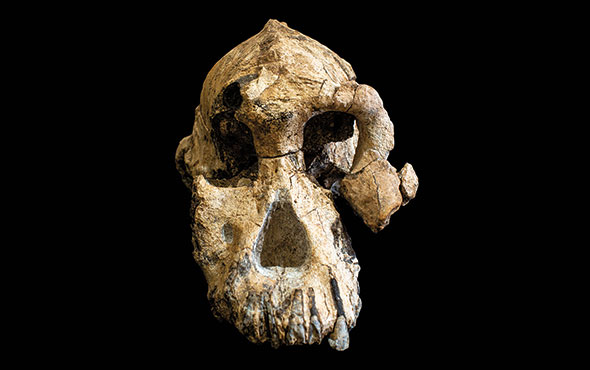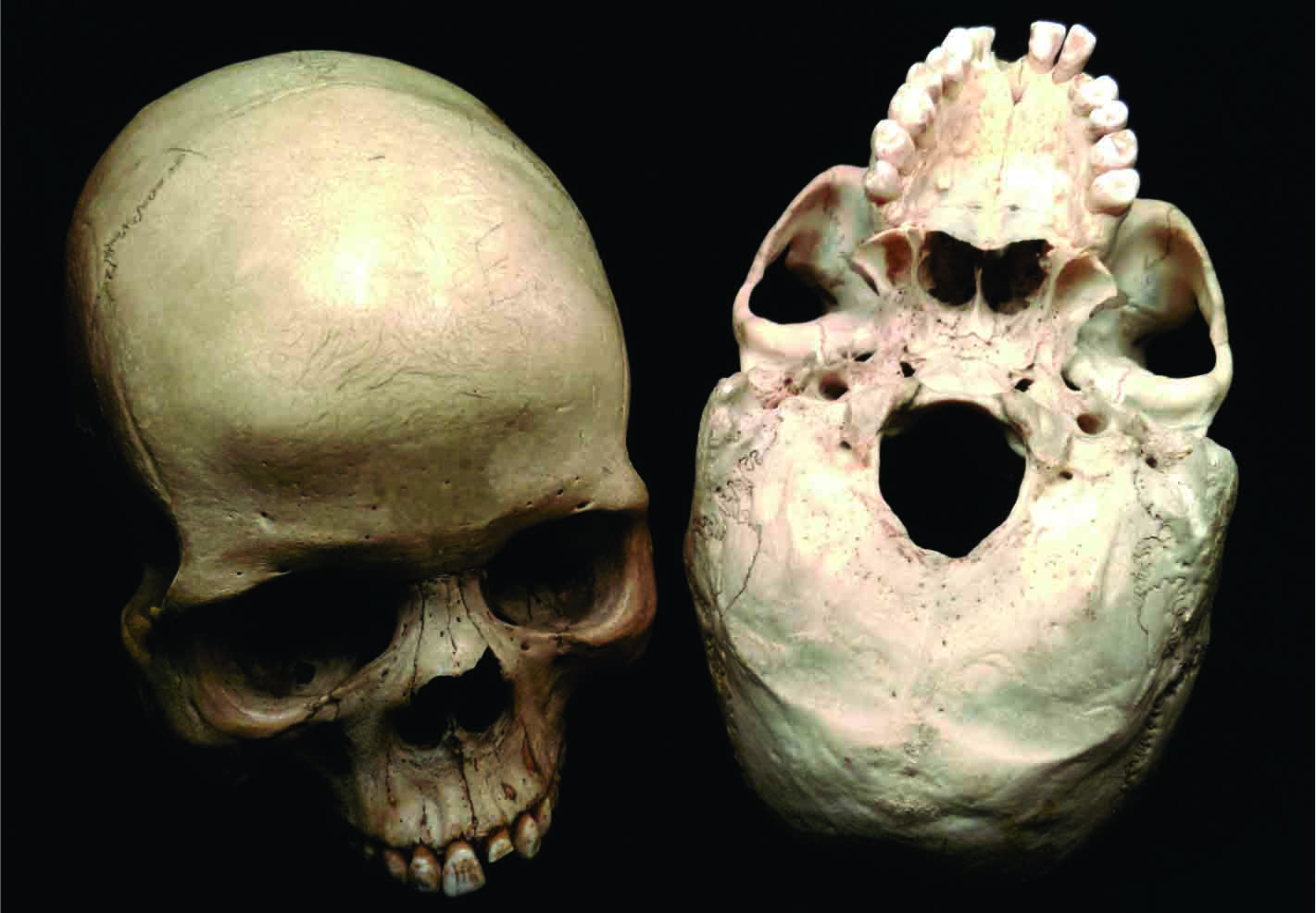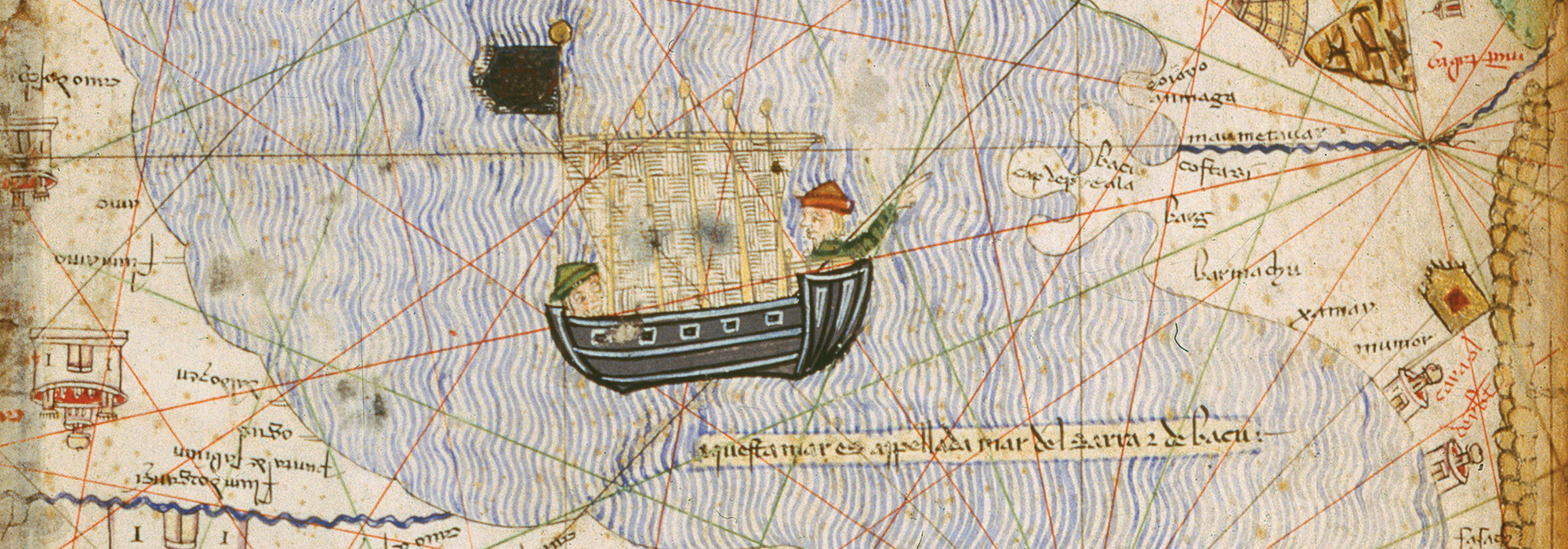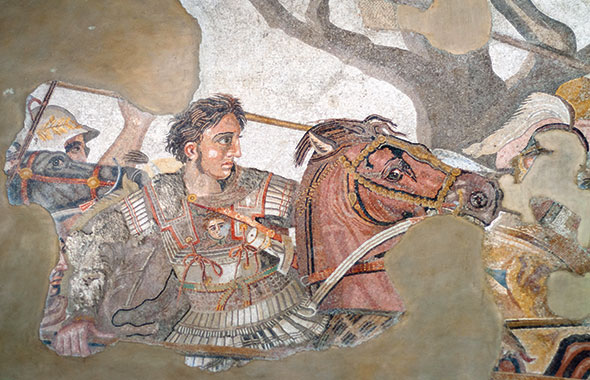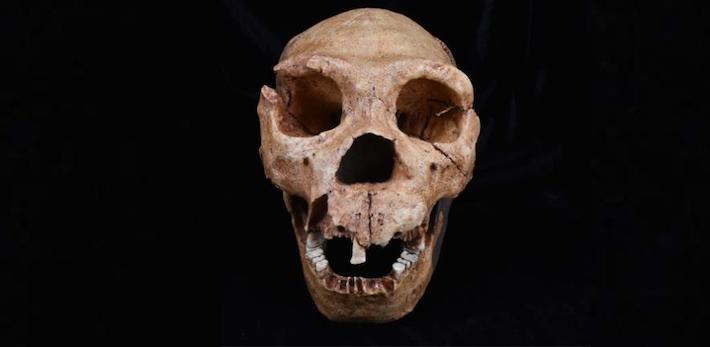
CAMBRIDGE, ENGLAND—According to a Cosmos Magazine report, Laura van Holstein of the University of Cambridge and her colleagues examined the rate of evolution of hominin species over a period of five million years. First, Van Holstein created a database of the 385 known hominin species, and then she modeled a timeline for the emergence and disappearance of species to fill out the incomplete fossil record. Vertebrates, she noted, usually evolve to fill in “niches” in the environment. For example, the teeth of an early hominin species may have adapted to eat different foods. “The pattern we see across many early hominins is similar to all other mammals,” Van Holstein said. “Speciation rates increase and then flatline, at which point extinction rates start to increase. This suggests that interspecies competition was a major evolutionary factor,” she said. But in the group Homo, she explained, this trend was reversed. “The more species of Homo there were, the higher the rate of speciation,” she said. “So when those niches got filled, something drove even more species to emerge.” The ability to adapt behavior, she explained, such as using tools or fire, or adopting new hunting techniques, may have allowed Homo species to create new ecological niches quickly, without having to survive the evolution of new body plans. Read the original scholarly article about this research in Nature Ecology & Evolution. To read about hominin behavior that is thought to have been crucial to human evolution, go to "Marrow of Humanity."


